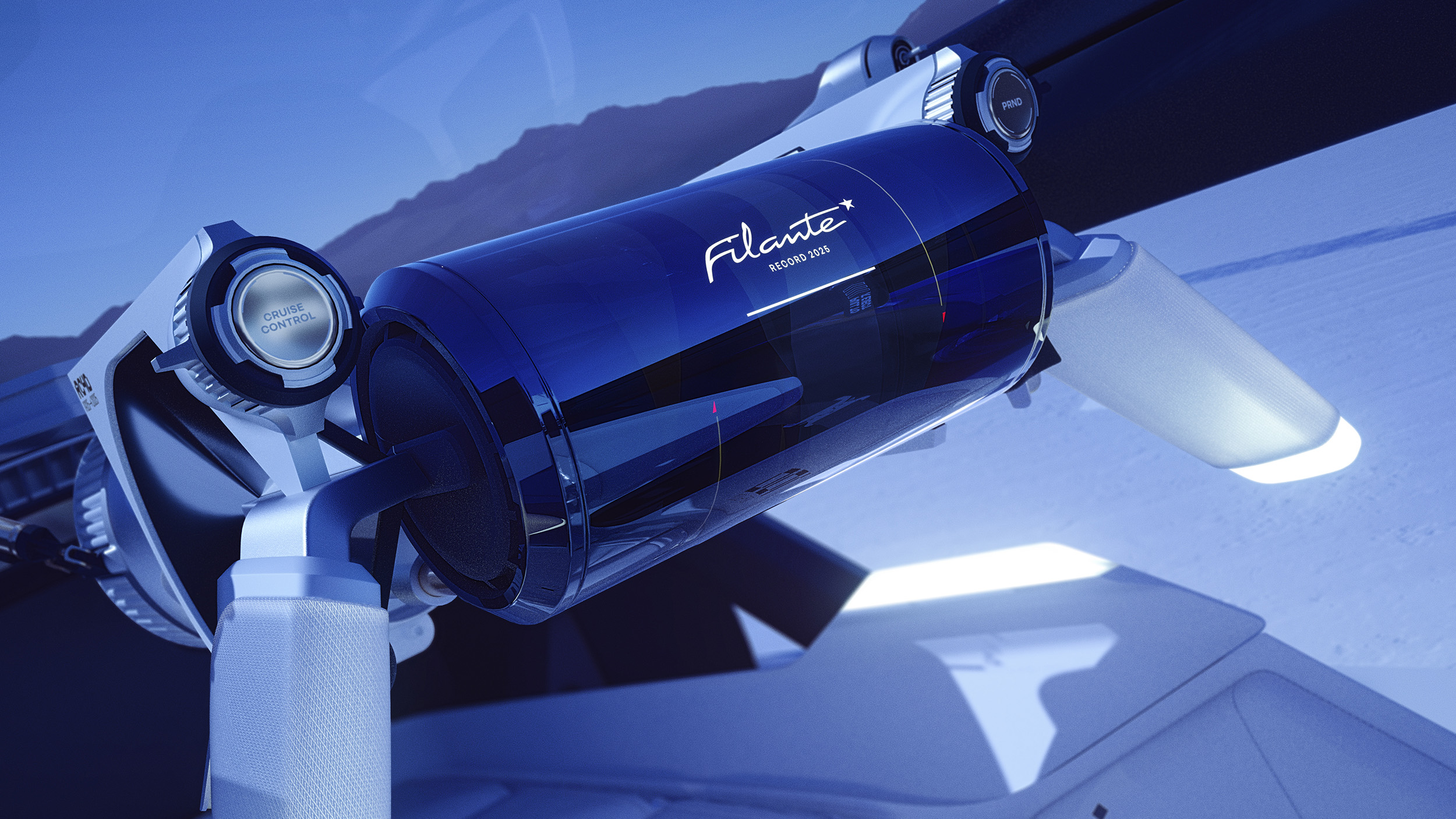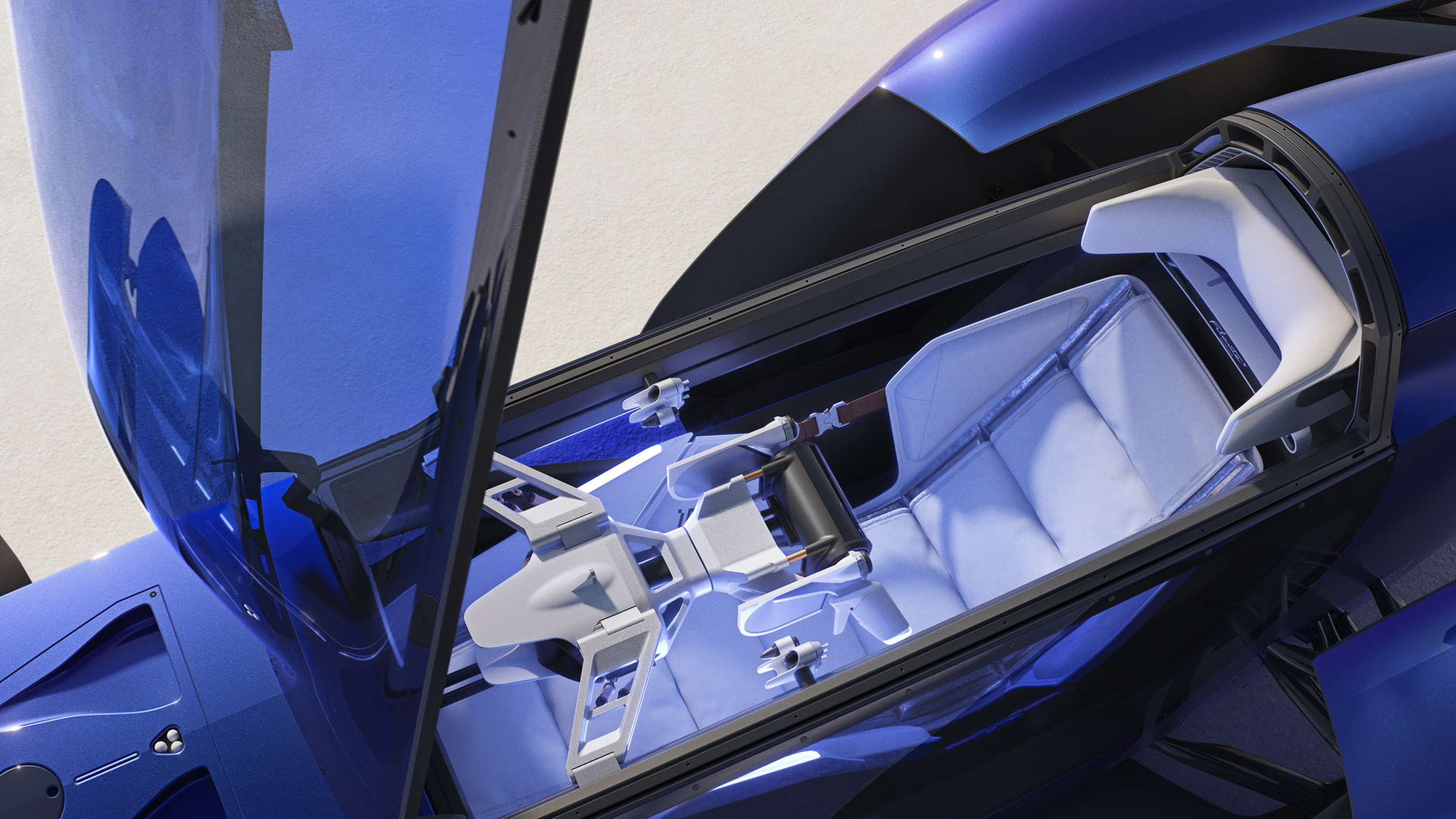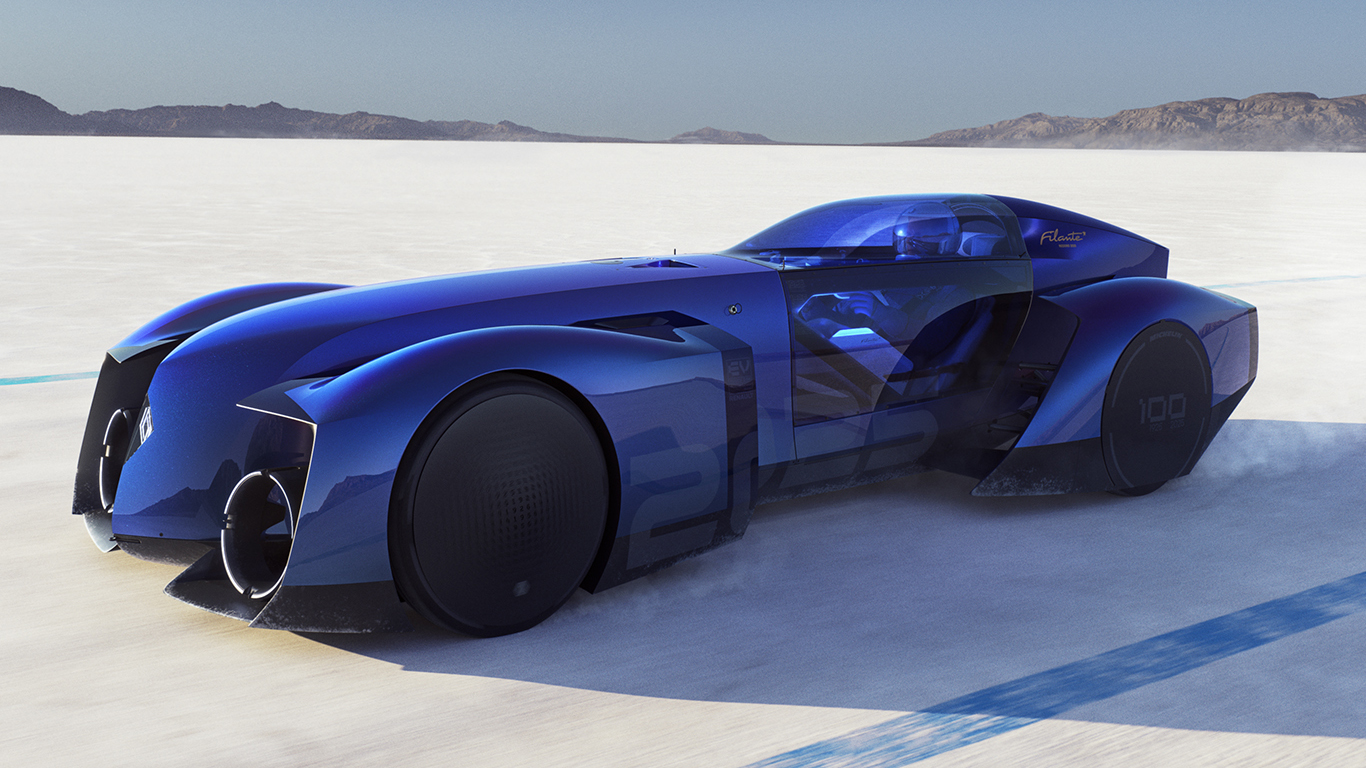
Renault is exploring the possibility of removing pedals from your car’s cockpit
The wild Filante Record 2025 uses hand controls on a yoke, which could apparently free up some useful interior space
If you read that headline and thought that Renault was about to release some sort of autonomous Tesla Cybercab competitor, hold up a bit. Although, that’s not to say the French firm isn’t planning something radical – it’s currently looking at replacing the pedals in your car’s cockpit with hand controls.
Yep, seriously. In fact, it has already done exactly that in the bonkers Filante Record 2025, and it’s now looking into the possibility of doing the same on production cars.
“One thing that Stéphane [Maiore – chief interior designer at Renault] has worked on that is very interesting for us is the cockpit and this steer-by-wire plus drive-by-wire tech with the brake and the accelerator on the yoke,” said Sandeep Bhambra, Renault’s director of advanced design.
“It’s something that liberates a lot of space in the interior. It’s something that we are looking at and exploring for future cars, but it’s not that easy to put something so innovative in a production car so quickly.”
So, while it may not be right around the corner, Renaults of the future could genuinely be driven using the buttons, bumpers and triggers that you’d expect to find on a games console controller. And if the Filante achieves its targets and sets a load of efficiency world records for EVs, we could all be driving with our hands sooner than you might think.
“We had to use steer-by-wire on the Filante Record 2025, because there’s no way of having a steering column and a battery pack up front, so it was a good idea for packaging, but also for saving weight,” Bhambra told TG.
“The controls are all hand controls. One advantage of this is we lighten the car because we don’t have the pedal structure around the feet, and the second thing is in terms of inclusivity it’s quite interesting because if somebody has a lower body disability the car can still be driven. It’s a technology that we could use for production cars to make them more inclusive.
“The idea [with the Filante] is to learn about the future. For example, whatever we learn with testing the steer-by-wire and brake-by-wire systems, whatever we learn about aerodynamics – it’s all going to help our teams make better cars in the future.”
Top Gear
Newsletter
Thank you for subscribing to our newsletter. Look out for your regular round-up of news, reviews and offers in your inbox.
Get all the latest news, reviews and exclusives, direct to your inbox.
Trending this week
- Car Review
BMW iX3










